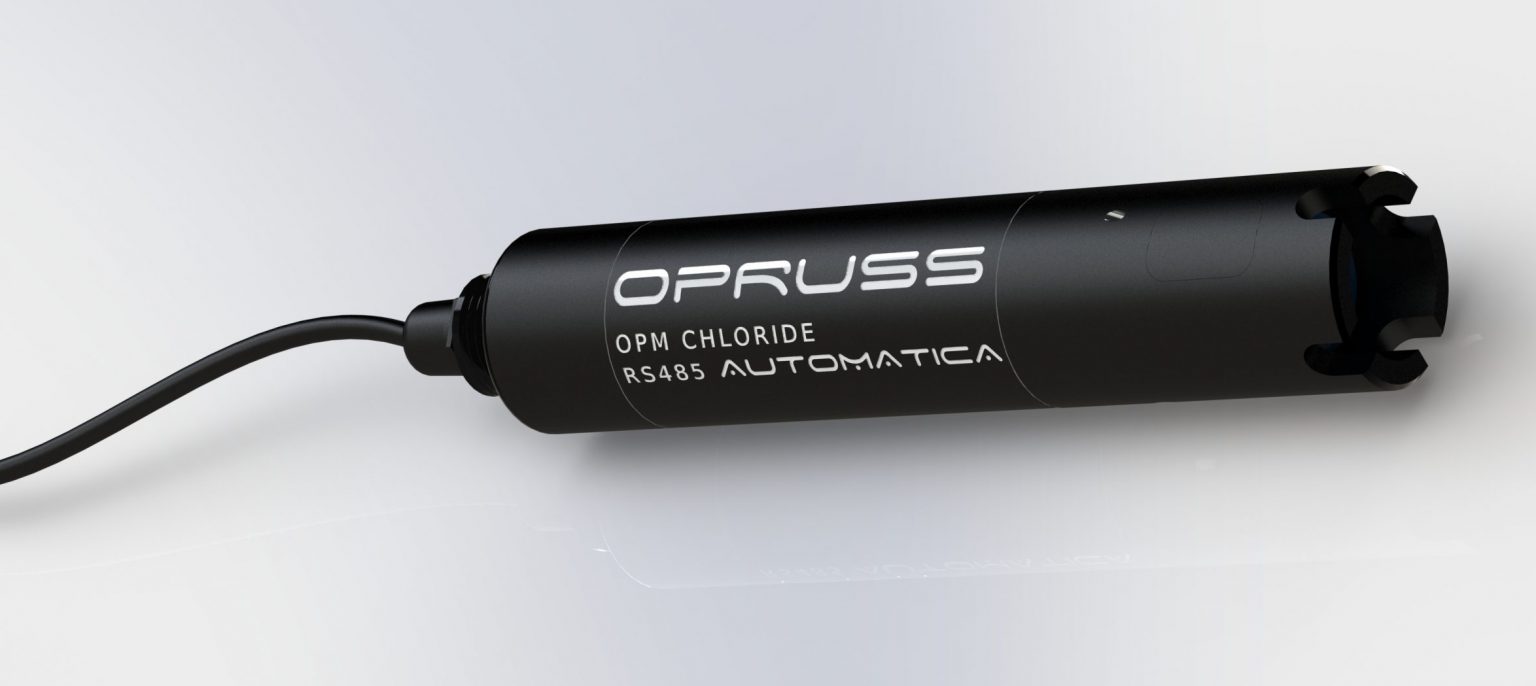OPM CHLORIDE
Sensor for measuring Chlorine Ions in Aqueous Medium

-
- RS485 Digital signal output
- Plug and play design
- Ultra-rigid cable for on-field use
- Enabled with remote accessed calibration
-
- Non-corrosive POM PEEK shell
- Built in interference cancellation
- Compatible with Cleaning system assembly
- Advanced diagnostics enabled system
-
- Equipped with high performance Selective Electrode
- Accurate and repeatable readings
- Shock proof sensor aperture
- Easy replaceable cap for electrode exchange
Our chlorine sensors and transmitters are used in water & wastewater and in various applications such as power, drinking water treatment utility, desalination plants etc.
Environmental impact of chlorides are not usually harmful to human health, however, the sodium part of the table salt has been linked to heart and kidney diseases. Sodium chloride may impact a salty taste at 250 mg/l; however, calcium or magnesium chloride is usually detected by taste until levels of 1000 mg/l are reached. Public drinking water standards require chloride level not to exceed 250 mg/l. Chlorides may get into surface water from several sources including: rocks contain chlorides, agricultural run-off, waste water from industries, oil well wastes, and effluent waste water from waste water treatment plants. Chlorides can corrode metals and affect the taste of food products. Chlorides can contaminate fresh water streams and lakes. Fish and aquatic communities cannot survive in high level of chlorides. Therefore, water that is used in industry or proceeds for any use has a recommended maximum chloride level.
Permissible limit
250 mg/l for public drinking water

Anthropogenic Sources:
1. Human Waste
2. Wastewater from industries
3. Effluent wastewater from wastewater treatment plants
4. Livestock Waste
Animal waste contains elevated concentrations of Cl- measured levels as high as 1980 mg/L. Because of this, even relatively small concentrations of livestock can create a local problem for shallow groundwater. Large confined animal feeding operations, which can concentrate thousands of animals in a relatively small area, have the potential to produce more widespread contamination of shallow groundwater, streams, and rivers.
5. KCl Fertilizer
KCl is the most commonly available potassium (K) fertilizer and usually the cheapest, thus it is widely used in farms.
6. Oil and Gas Exploitation
Leakage of brine-holding ponds associated with oil wells has locally contaminated groundwater with high TDS waters.
7. Water Conditioning Salts
In-home water treatment, specifically water softening, typically uses NaCl to recharge ion exchange columns in order to reduce hardness (Ca + Mg) by replacement with Na.
8. Municipal Landfills
Potential sources of Cl- in landfills include food scraps and pet wastes. Chloride concentrations in landfills are not static, but decrease with the age of the landfill.
Chemical stability:
Chloride is a very weak base but Chloride can be protonated by strong acids, such as sulfuric acid.
Installation methods
Medium immersed
- Sites with challenges like a distant medium source from the point of controller mount, this method of installation can be chosen.
- The analyser being constantly in contact with the medium helps the analyser to never face a dry-off situation
Extractive
Where the sample enters and exits the system like a standard stationed measured device. Usually avoids the Constantine medium matrix as the sample with variating quality flows through the device rather than a partially stagnant volume of medium. Sample extraction accessory is required for this type
OPM Chloride
Send download link to:
